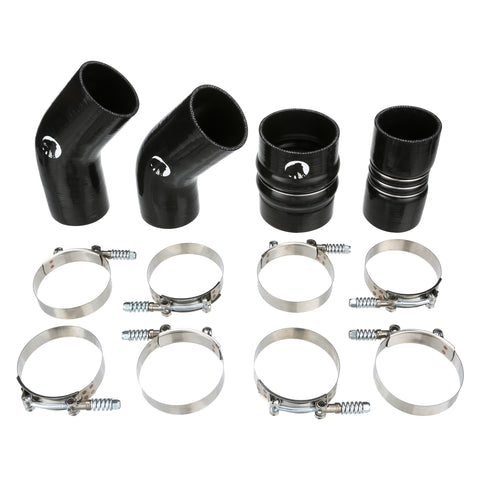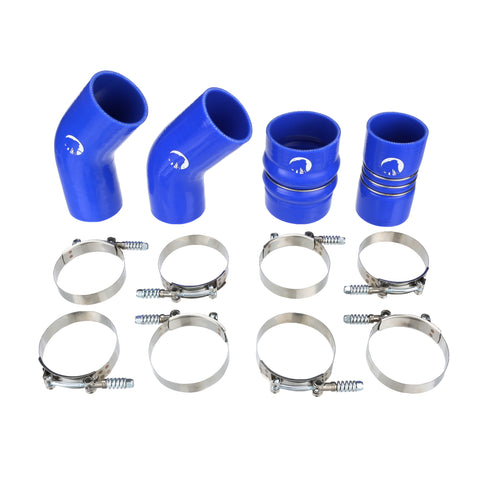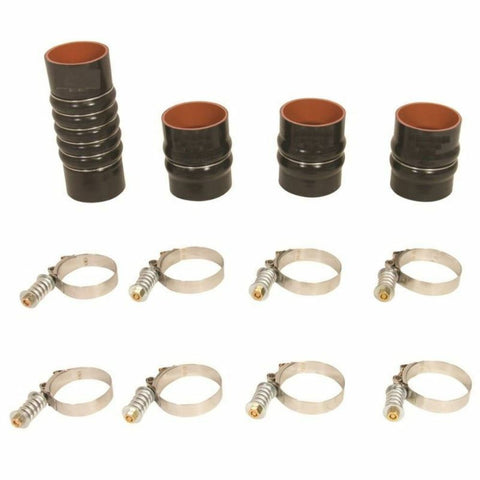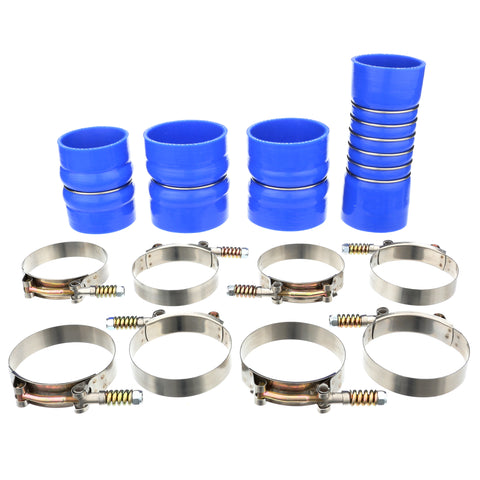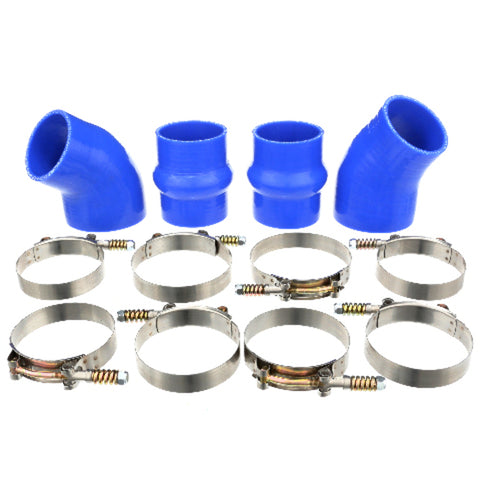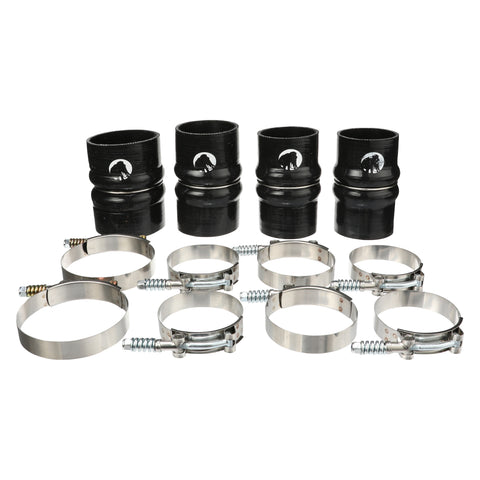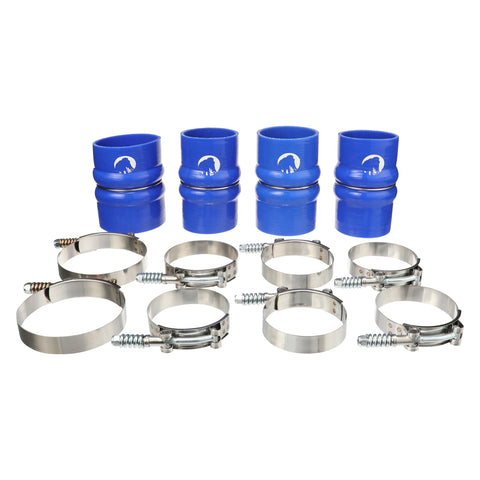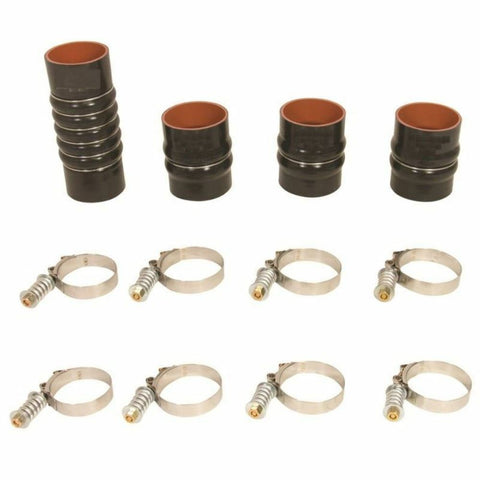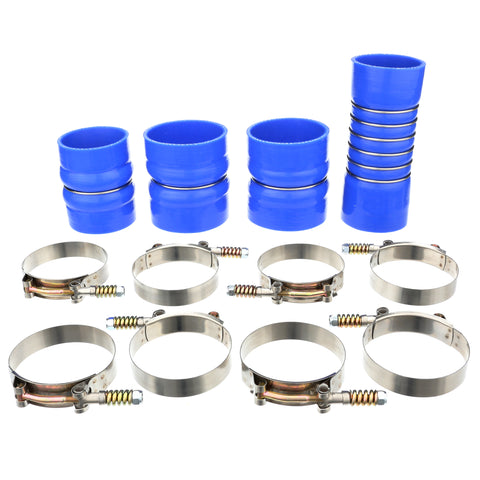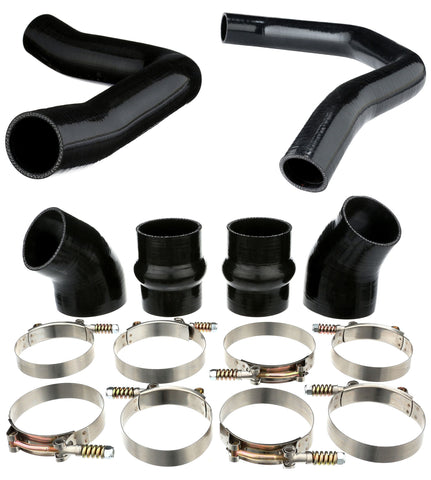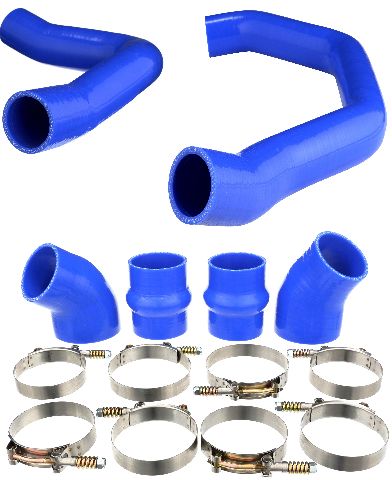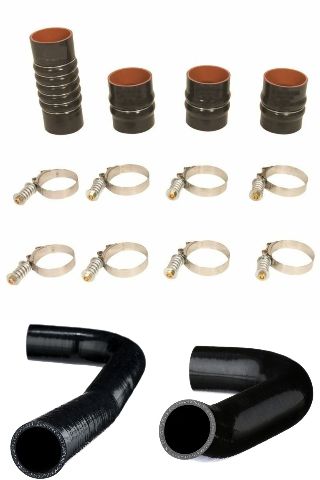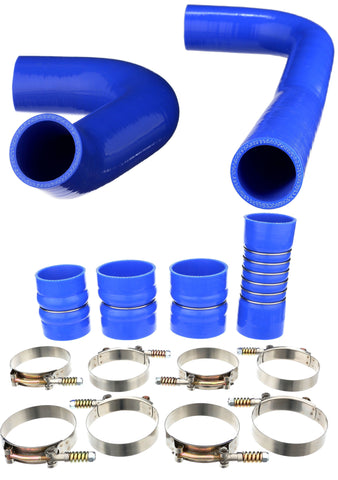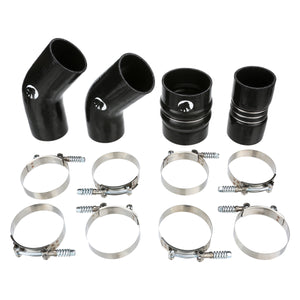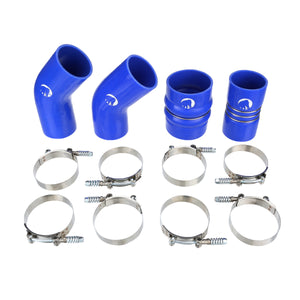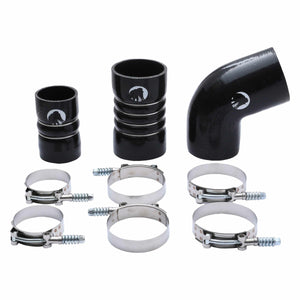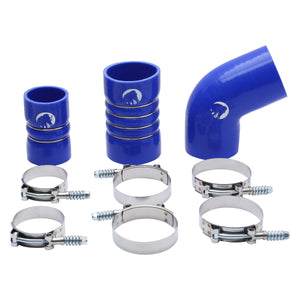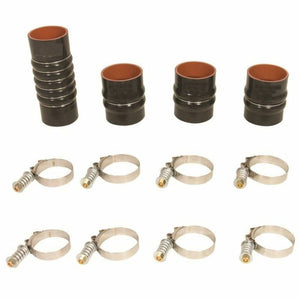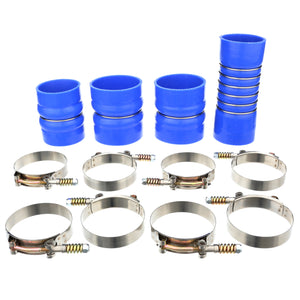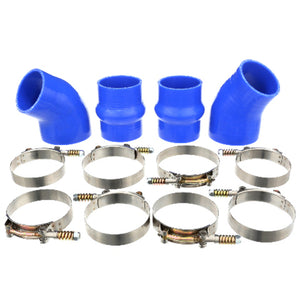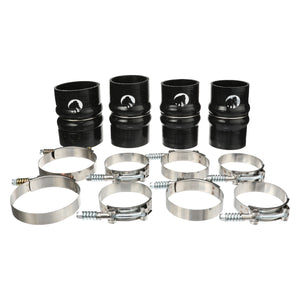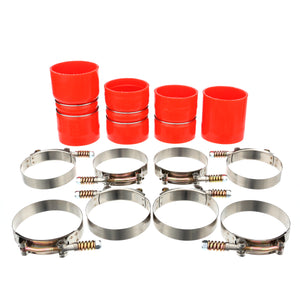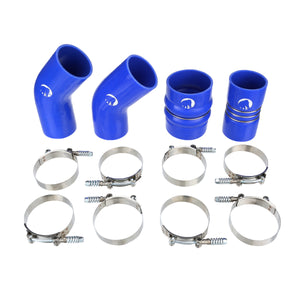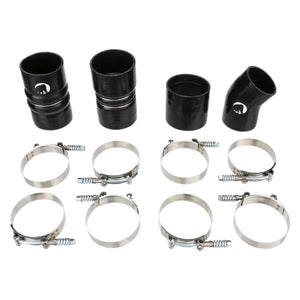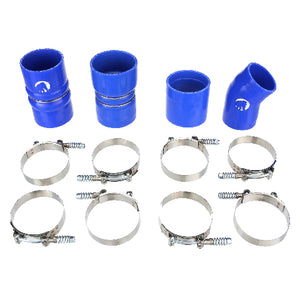How to Check for Radiator Hose Damage on Your Dodge Cummins Engine
 Customer Support
.
Customer Support
.
Table Of Contents
Checking for radiator hose damage on a Cummins engine is an important maintenance task that should be done regularly. Here are the steps to follow:
-
Allow the engine to cool down: Before you start inspecting the radiator hoses, make sure that the engine is cool to avoid the risk of burns.
-
Locate the radiator hoses: The radiator hoses are usually located near the radiator on the front of the engine. There are two hoses - an upper hose and a lower hose.
-
Inspect the hoses: Carefully examine the hoses for any signs of damage, such as cracks, splits, bulges, or leaks. If you see any damage, the hose needs to be replaced.
-
Check for soft spots: Squeeze the hoses gently to check for any soft spots or areas that feel spongy. These can be a sign that the hose is deteriorating and needs to be replaced.
-
Look for discoloration: If you notice any discoloration on the hoses, such as a brownish tint, it could be a sign that the hose is overheating and needs to be replaced.
-
Check the hose clamps: Inspect the clamps that hold the hoses in place. Make sure they are tight and not loose or rusted.
If you find any damage or issues during the inspection, it is best to replace the radiator hoses immediately. Replacing the hoses is a relatively easy task that can be done with basic hand tools. Remember to always use the correct replacement hoses and clamps for your Dodge Cummins engine to ensure proper function and prevent future damage. Mammoth Parts radiator hoses offer a lifetime warranty to ensure a failure free future!
Featured products

Mark Muhoro is a car enthusiast and writer who loves everything about automobiles. With over 11 years of experience in the automotive industry, Mark has become an expert in how cars work and what makes them special. He writes clear and interesting articles about cars for magazines and websites, making valuable contributions to renowned platforms like Vroom Magazine, Internet Brands, and Contentmotive.
Editor’s Picks
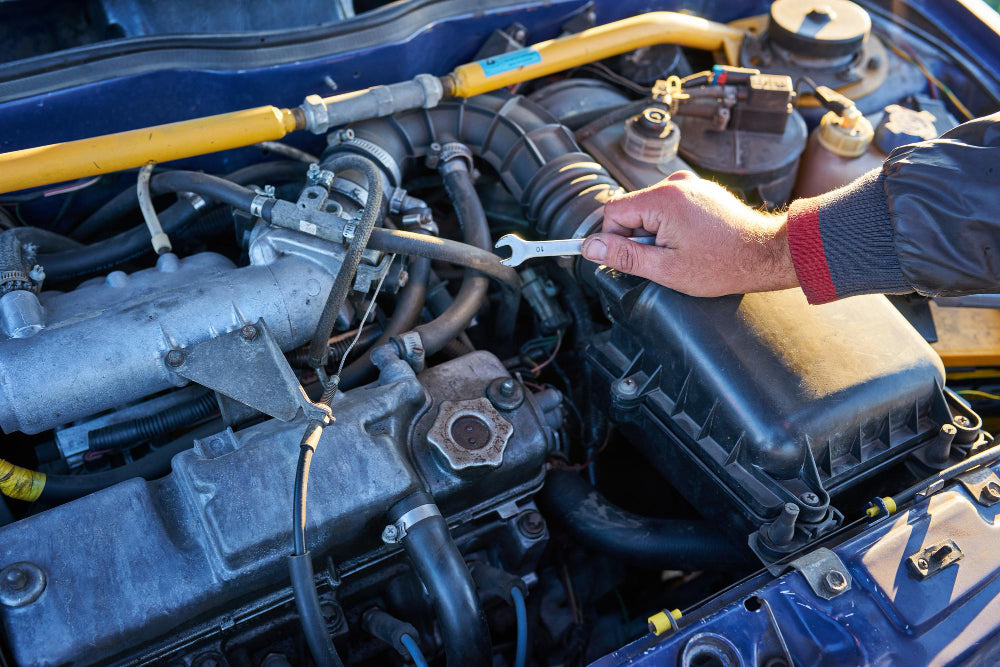
Diesel engines have long been the default option for light-duty/heavy-duty truck buyers. However, like gasoline-powered engines, they can also break...

Diesel engines have grown significantly in popularity over the last 40 years for several reasons. One is that modern...
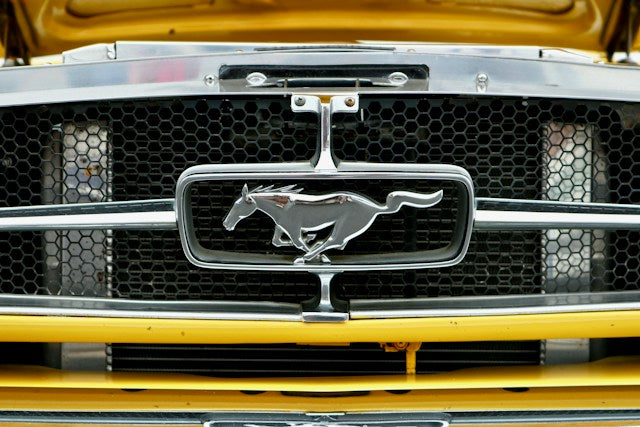
The 7.3 Powerstroke, a legendary diesel engine, stands tall as a prime upgrade candidate for several compelling reasons.

